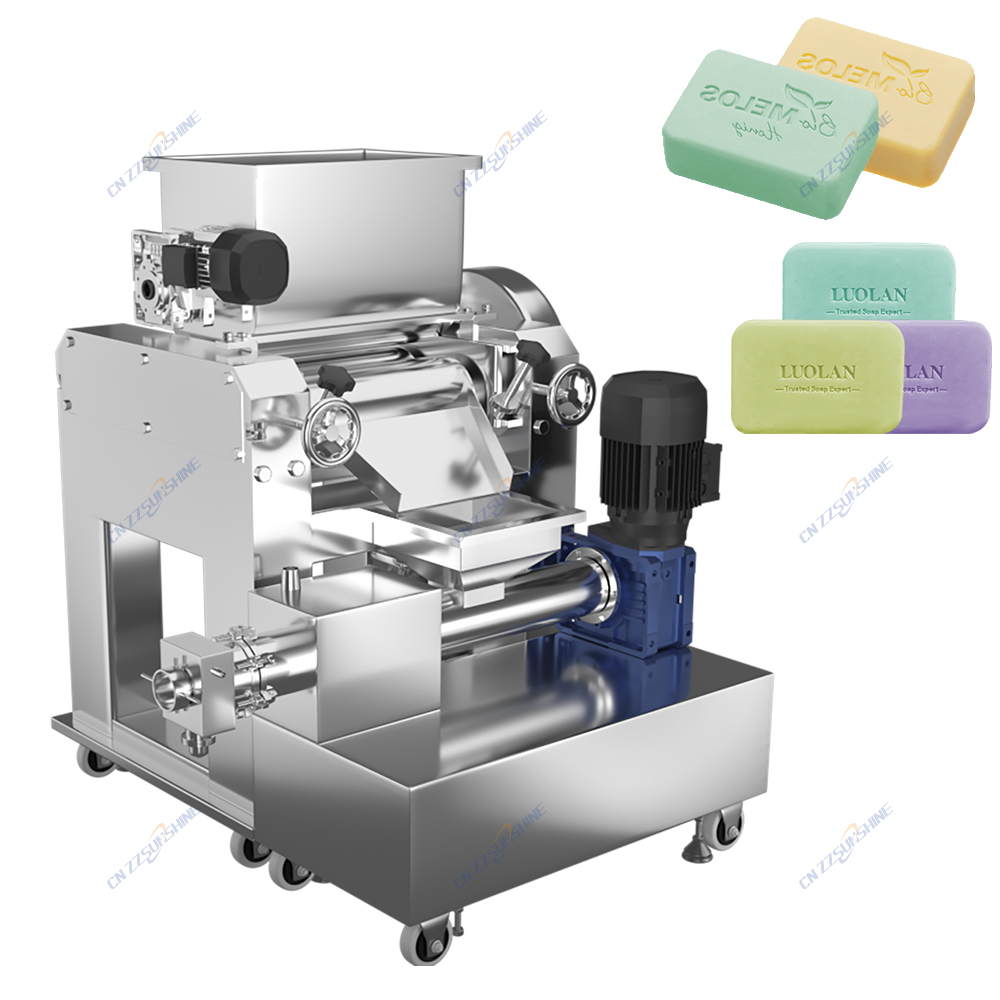For manufacturers aiming to scale efficiently and ensure consistent, high-quality bar soap, investing in an integrated automatic soap production line is no longer a luxury, but a strategic necessity. We’ve seen operators report significant gains in output, product uniformity, and operational cost savings after transitioning from semi-automated or manual processes. The core strength lies in the seamless integration of specialized machinery handling each critical stage: mixing, refining, extrusion, cutting, stamping, and finishing.
The journey begins with a robust industrial mixer for chemical processing. This unit ensures homogeneous blending of fats, oils, caustics, and additives – the foundational soap base. Precision here directly impacts the final bar’s properties. The mixed paste then undergoes refinement, often using a three roller mill for cosmetics-grade smoothness, crucial for premium toilet soap or beauty soap making lines. This step achieves the desired texture and particle size distribution.
Next, the refined soap moves to the heart of extrusion: the soap plodder machine. Modern lines frequently employ a vacuum plodder for bar soap production. This critical component compacts the soap mass under vacuum, eliminating air pockets, ensuring maximum density and hardness – essential for long-lasting laundry bar soap or bath bars. The continuous extrusion produces a solid, uniform log of soap.
The extruded log then advances to the cutter section. An electric washing soap cutter, or a custom soap cutting machine, precisely slices the log into individual blanks. These blanks are then stamped and cooled. For complex shapes or high-volume laundry soap making lines, an automatic block cutter machine might be integrated. Finally, the bars proceed through the toilet soap finishing line or packaging section, where automated packing machines for food-grade materials ensure hygiene and presentation.
Leading suppliers offer modular designs, allowing customization. Whether you need a compact laundry bar soap production line, a high-output bath soap making machine setup, or a sophisticated beauty soap making line with specific finishing touches (like an OEM three roller grinding mill for unique additives), the configuration can be adapted. The automation drastically reduces labor intensity, minimizes human error, enhances hygiene control, and provides a faster return on investment. When evaluating options, consider partnering with a reputable manufacturer offering comprehensive support and reliable equipment like industrial chillers for machinery cooling critical components. The right automatic soap production line is a transformative investment for competitive soap manufacturing.




